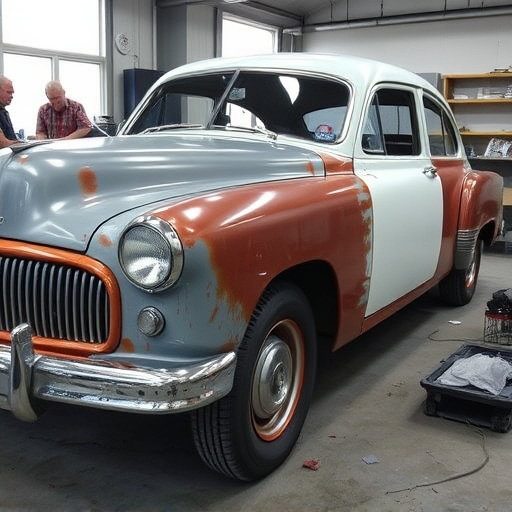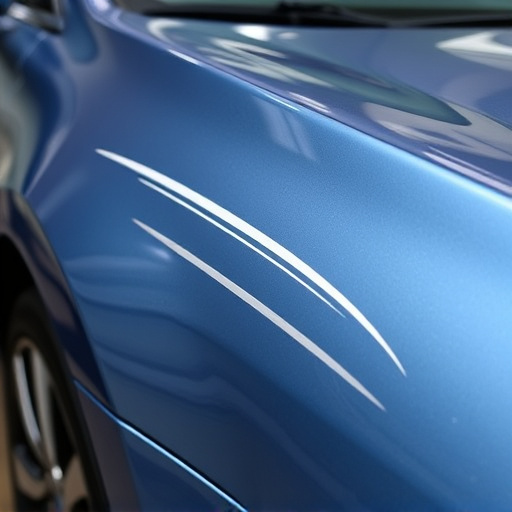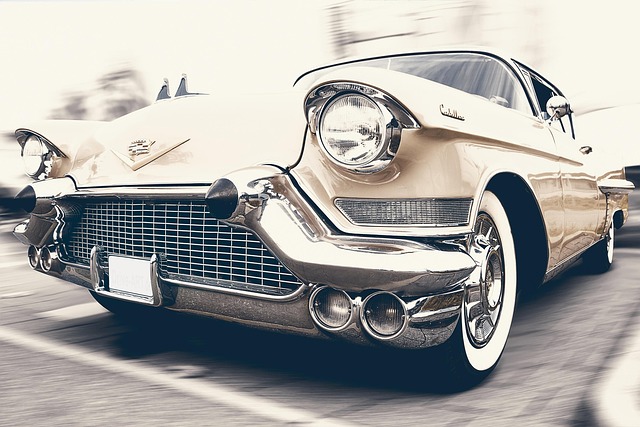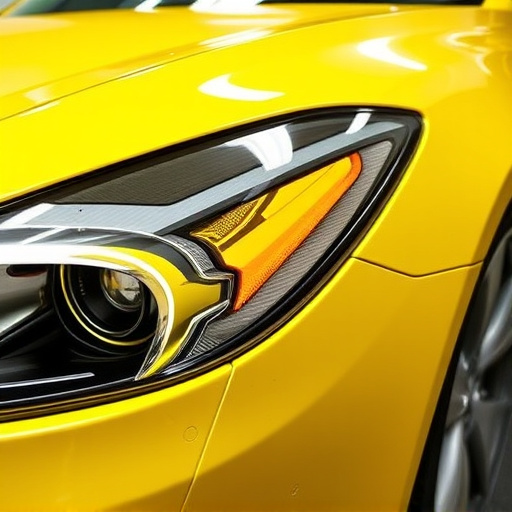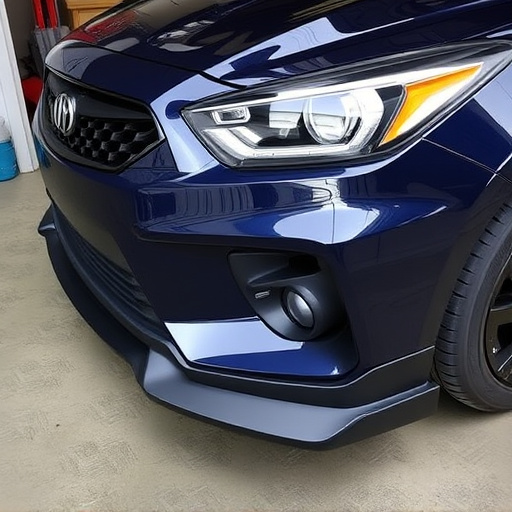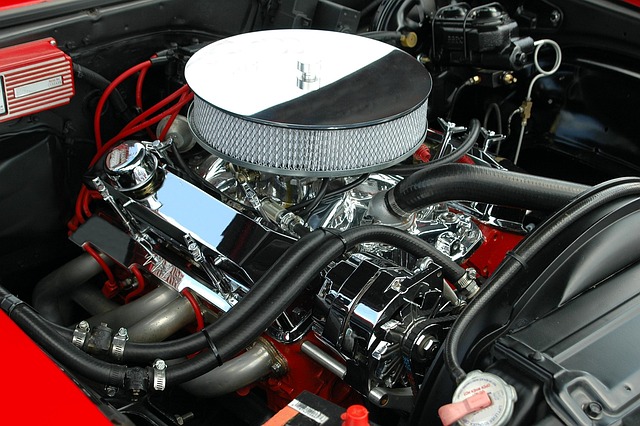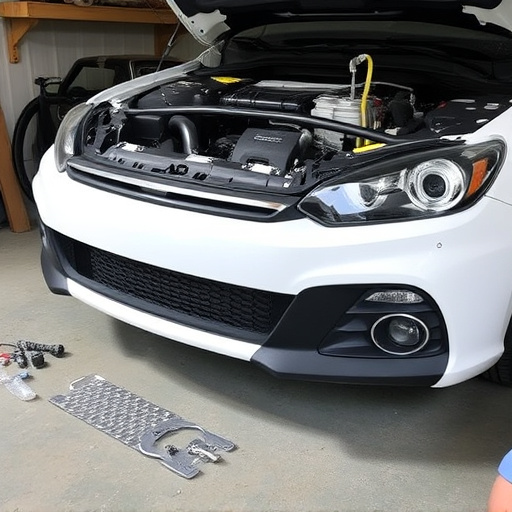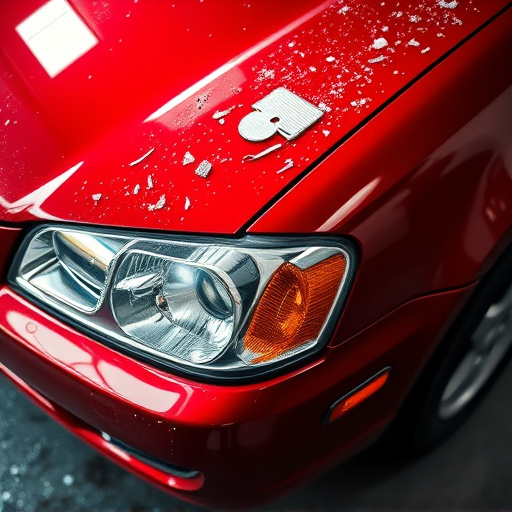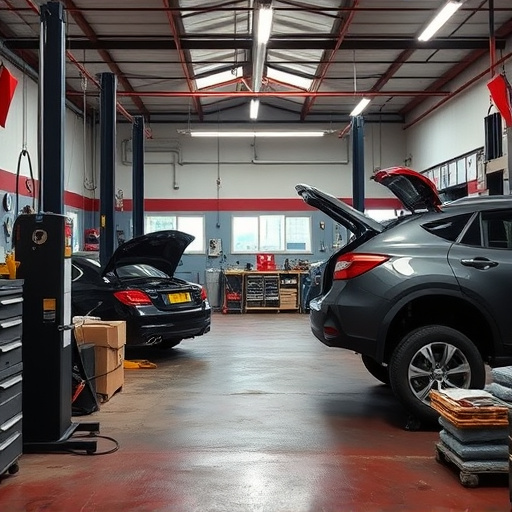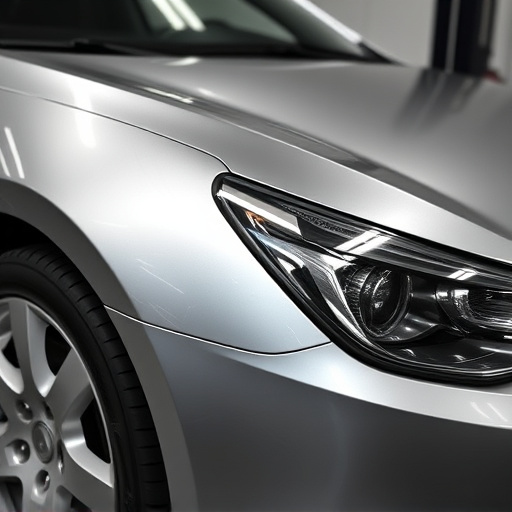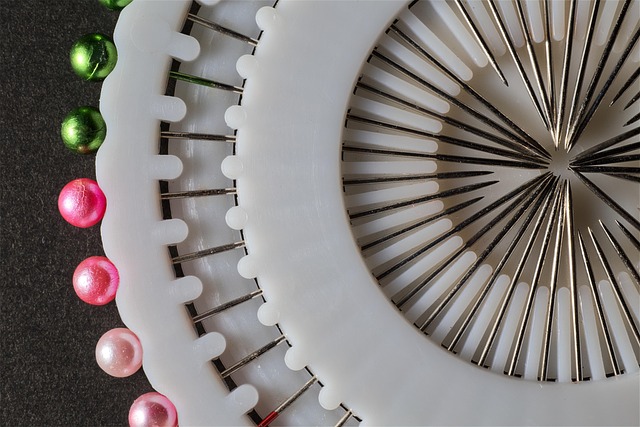Unibody frame repair techniques have advanced significantly due to evolving automotive technology and the demand for precise, efficient vehicle repairs. Modern cars' complex structures require specialized skills and tools, with professionals now utilizing advanced training in precision welding, metal forming, and sophisticated measurement equipment. This ensures not just repairs but meticulous restorations maintaining structural integrity and aesthetic appeal, reflecting a commitment to quality in the industry. Future unibody frame repair will be shaped by innovative training methods, including virtual reality simulations and digital instruction manuals, adapting to advanced materials and precision engineering demands.
Unbody Frame Repair training standards are constantly evolving, reflecting the advancements in automotive technology. As vehicles transition to more sophisticated designs featuring integrated structures, understanding and mastering unibody frame repair techniques is crucial for professionals. This article delves into the latest trends, exploring how industry standards are adapting to meet modern challenges. We also discuss innovative training methods preparing technicians for future repairs, ensuring they stay ahead in this dynamic field.
- Unibody Frame Repair: Evolving Techniques
- Industry Standards: Adapting to New Trends
- Training Methods for Future Repairs
Unibody Frame Repair: Evolving Techniques
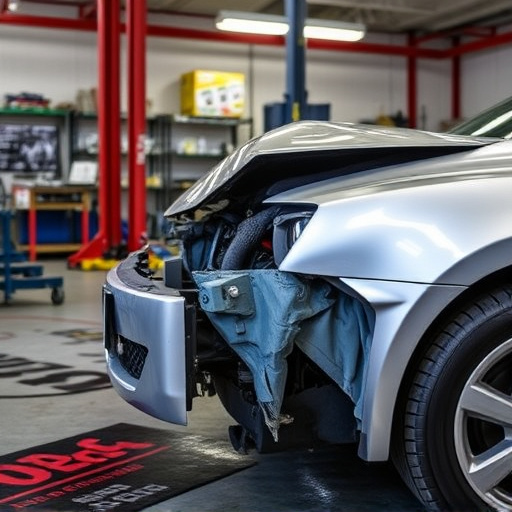
Unibody frame repair techniques have been steadily evolving, driven by advancements in automotive technology and a growing demand for precise, efficient vehicle repair services. Modern cars are increasingly designed with complex unibody structures, which require specialized skills and tools to effectively repair and restore. The evolution of these techniques involves not just adopting new technologies but also refining existing methods to cater to the intricate needs of modern vehicles.
This shift is particularly noticeable in auto maintenance where unibody frame repair has become a critical component. Professionals are now equipped with advanced training that covers a wide range of procedures, from precision welding and metal forming to using sophisticated equipment for measuring and aligning components. These developments ensure that vehicle dent repair is not just a fix but a meticulous restoration that maintains the structural integrity and aesthetic appeal of the vehicle, reflecting a commitment to quality in the broader automotive industry.
Industry Standards: Adapting to New Trends
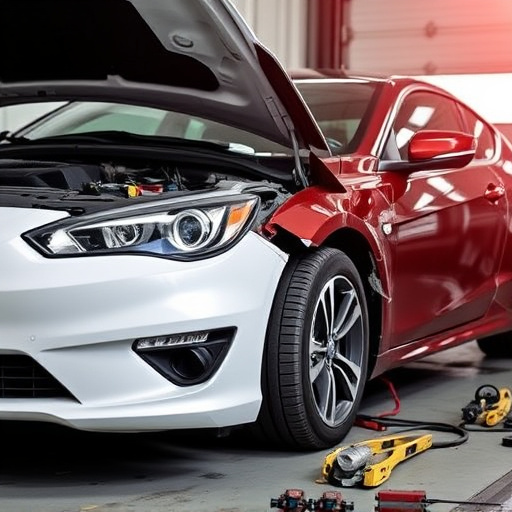
The automotive industry is an ever-evolving landscape, and unibody frame repair training standards are no exception to this rule. As technology advances and new trends emerge, so too do enhanced safety features and innovative manufacturing processes. The modern car’s construction involves sophisticated materials and intricate designs, demanding that repair techniques keep pace. Thus, industry standards for unibody frame repair are continually adapting to accommodate these changes.
This evolution ensures that auto glass replacement, dent removal, and car body restoration procedures remain at the forefront of automotive technology. By staying current with industry trends, technicians can provide top-quality repairs, maintaining vehicle safety and structural integrity. The ongoing development of unibody frame repair standards reflects a commitment to excellence within the automotive sector, catering to both manufacturers’ advancements and customers’ expectations of superior service.
Training Methods for Future Repairs
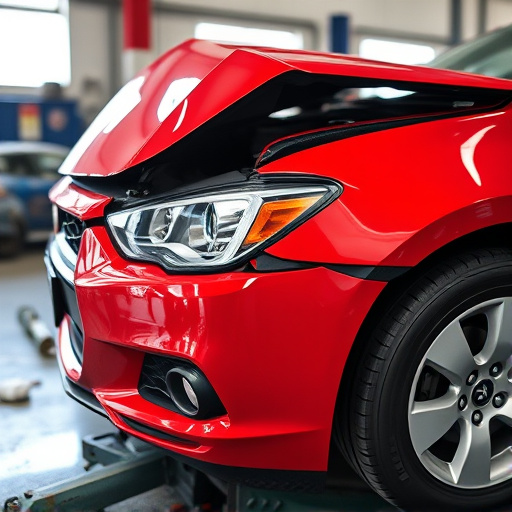
The future of unibody frame repair lies in innovative training methods that cater to the evolving nature of automotive technology. As vehicles become increasingly complex, collision repair services must adapt to accommodate advanced materials and precision engineering. Training programs are incorporating virtual reality (VR) simulations, allowing technicians to practice intricate unibody frame repairs in a safe, controlled environment. This immersive experience enhances learning by providing hands-on practice without the risks associated with real cars.
Additionally, digital instruction manuals and online training platforms are becoming indispensable tools for auto body services. These resources offer detailed step-by-step guides, visual aids, and interactive modules that cover everything from basic unibody frame repair techniques to advanced structural analysis. By combining traditional classroom learning with these modern training methods, future generations of technicians will be well-equipped to handle the intricate repairs required in today’s automotive industry.
As the automotive industry continues to innovate, so too do the techniques and standards for unibody frame repair. Staying current with these evolving trends is essential for technicians aiming to deliver high-quality repairs that meet modern safety and performance benchmarks. Through advanced training methods and an adaptive mindset, professionals can ensure they’re equipped to handle complex unibody frame repairs, ultimately contributing to safer and more reliable vehicles on the road.
